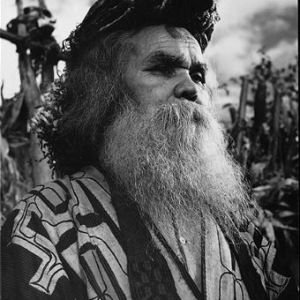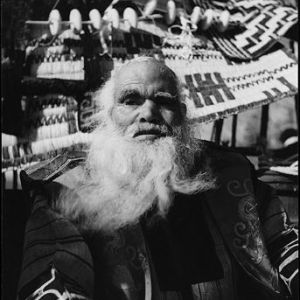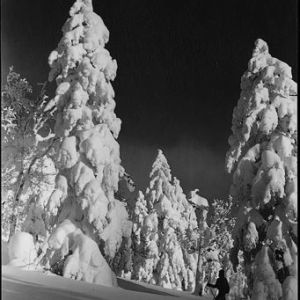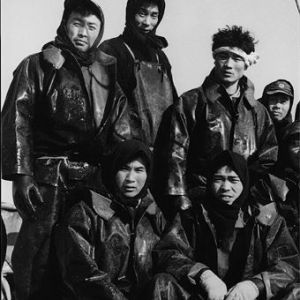VILLA CIANI – LUGANO
To mark the centenary of Fosco Maraini’s birth, as part of the celebrations dedicated to him on this occasion, MUSEC and the National Mountain Museum of Turin are organising a temporary exhibition on the Ainu. Fosco Maraini was born in Florence on 15 November 1912. From the mid-1930s, his photographic interests were directed towards the exploration of cultures and the world of mountains, which was to be his third great and indomitable passion throughout his life. His Himalayan experience in 1937 finally convinced Maraini to devote himself to ethnological research and the study of oriental cultures. He thus moved with his family to Sapporo, on the island of Hokkaidô, where he devoted himself to studying the art and culture of the Ainu, the ‘white people’ of Japan. In the course of at least four separate trips to Hokkaidô, Fosco Maraini captured the life, places and ceremonies of the Ainu, leaving behind some very precious photographs that, among many other things, document the Iyomande, the ceremony of the sacred sending of the bear. In 1954, Maraini succeeded in portraying what is perhaps the last testimony of an authentic ceremony that follows traditional canons. On this occasion, 62 fascinating and beautiful photographs taken in the years 1938-40 and then again in 1954, 1963 and 1971 by Fosco Maraini at the Ainu on the Japanese island of Hokkaidô are presented to the public. Next to the photographs are exhibited some very rare and important objects of material culture of the Ainu collected by the photographer himself and donated to the Natural History Museum in Florence.

In the past, the Ainu, which means ‘human beings’ in the local language, lived in a vast territory. It stretched north from the southern part of Sachalin Island (or Karafuto in the Ainu language), from the Kurils and part of Kamèatka, to the south to the Tsugaru Peninsula in the northern region of Honshû, the largest of the Japanese islands. Following historical events, the Ainu, whose numbers decreased dramatically, moved to the island of Hokkaidô.
The religious life of the Ainu, who were animists, informed many aspects of daily life. According to their conception of the universe, in every thing, animal, plant, mineral, natural phenomenon or object resided a deity or spirit, a kamuy. One of the men’s main activities, apart from hunting and fishing, was the preparation and celebration of religious rituals.
Reiterations
Also exhibited:
- 14 December 2012 – 3 March 2013, National Mountain Museum, Turin





